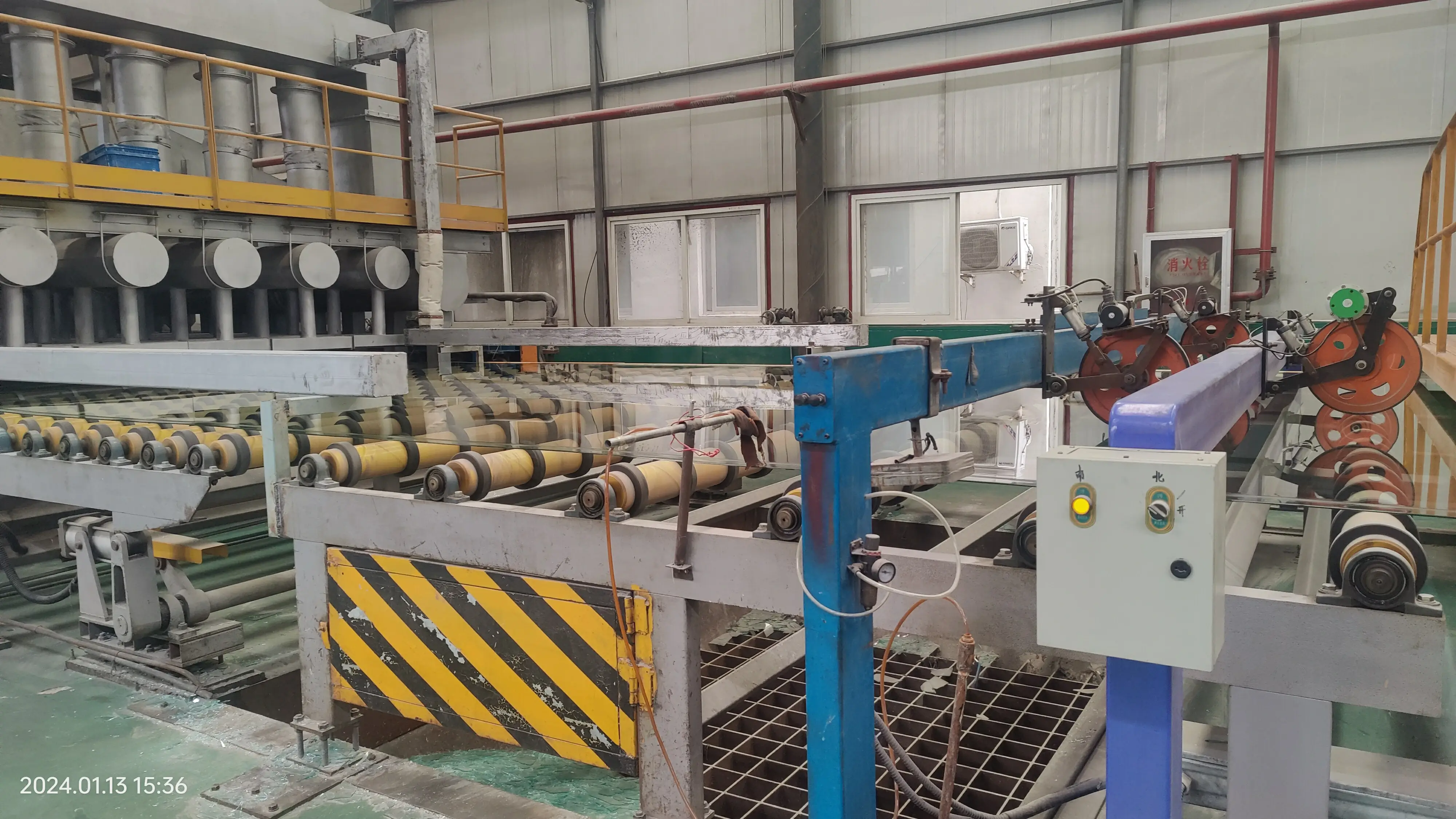

The Rise of Green Tempered Glass A Sustainable Choice for Modern Architecture
In an era where sustainability and eco-friendliness are increasingly at the forefront of architectural design and construction, green tempered glass has emerged as a popular choice for various applications. This innovative material not only contributes to energy efficiency but also provides aesthetic appeal and safety, making it an ideal option for modern buildings.
What is Green Tempered Glass?
Green tempered glass is a type of safety glass that has been treated with heat to enhance its strength and thermal resistance. The term green refers not only to the color of the glass but also to its environmental benefits. This glass is produced using raw materials that minimize the use of harmful substances and reduce carbon emissions during the manufacturing process. The green hue often comes from iron oxide present in the raw materials, lending a unique and attractive color that complements various architectural styles.
The Environmental Benefits
One of the most appealing aspects of green tempered glass is its role in promoting sustainability. Buildings equipped with this glass can significantly reduce energy consumption by minimizing heat transfer. During summer months, the glass reflects a substantial amount of solar radiation, keeping indoor spaces cooler and decreasing the need for air conditioning. Conversely, during colder months, it helps retain heat, thereby reducing heating costs. This dual functionality makes green tempered glass an excellent choice for enhancing energy efficiency in both residential and commercial structures.
Moreover, the production of green tempered glass typically involves the use of recycled materials. By incorporating recycled glass into the manufacturing process, this material helps reduce waste and conserves natural resources. This closed-loop approach not only lowers the carbon footprint associated with production but also aligns with the global push towards circular economy practices.
Safety and Durability

Safety is a paramount concern in any construction project, and green tempered glass excels in this regard. The tempering process subjects the glass to high temperatures and rapid cooling, which greatly enhances its strength compared to untreated glass. As a result, green tempered glass is highly resistant to breakage and can withstand harsh weather conditions. In the event of shattering, tempered glass breaks into small, blunt pieces rather than sharp shards, thereby reducing the risk of injury.
In addition to its safety features, green tempered glass is also resistant to scratches and weathering. This durability ensures that buildings maintain their aesthetic appeal over time, requiring less maintenance and replacement compared to other materials.
Aesthetic Appeal
Beyond its environmental and safety benefits, green tempered glass offers a unique aesthetic quality that can enhance the visual appeal of buildings. Its subtle green hue provides a modern and sophisticated look, allowing architects and designers to incorporate it seamlessly into various styles, from contemporary to traditional. The transparency of the glass allows for ample natural light while also providing views of the surrounding environment, creating a harmonious connection between indoor and outdoor spaces.
Architects can use green tempered glass for a range of applications, including windows, facades, and even interior partitions. Its versatility makes it suitable for both residential homes and commercial buildings, contributing to a more sustainable and aesthetically pleasing built environment.
Conclusion
The increased popularity of green tempered glass reflects a growing awareness of the need for sustainable building materials in modern architecture. With its unique combination of energy efficiency, safety, durability, and visual appeal, this glass serves as an exemplary choice for forward-thinking designers and builders. As we continue to strive for a greener future, green tempered glass stands out as a material that not only meets contemporary demands but also contributes positively to our environmental goals. As the building industry evolves, investing in such sustainable materials will be essential for creating structures that are not only beautiful but also responsible stewards of our planet.